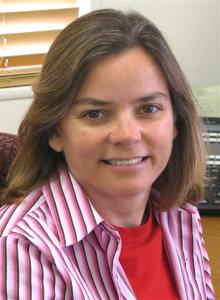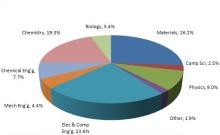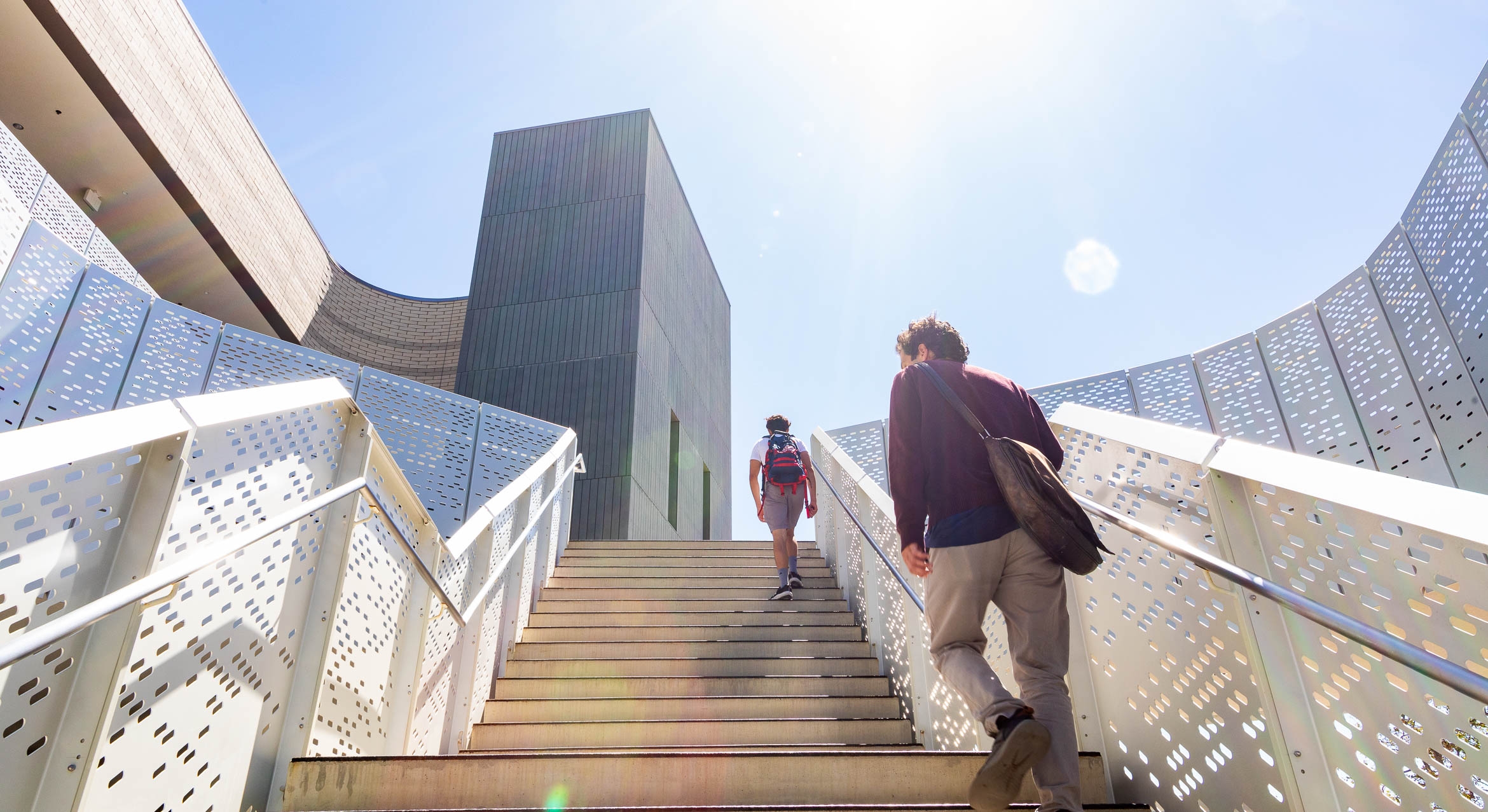

From the atomic force microscope to light-emitting diodes, UC Santa Barbara has cemented its place as a world leader in scientific advancements and inventions. Now, thanks to UCSB's growing research enterprise, the campus has seen the number of inventions and patents –– and the income they generate –– rise dramatically over the past three years.
All told, UCSB had 611 active inventions in its 2008 portfolio, which also includes 316 active U.S. patents. That compares to 572 active inventions and 302 U.S. patents in 2007, and 480 inventions and 280 patents in 2006. In addition, UCSB had 103 new invention disclosures in 2008. Historically, the University of California system has been a national leader in inventions and patents.
The UCSB portfolio also included 38 new licensing agreements in 2008, entered into with companies interested in developing products based on UCSB research. At the close of fiscal 2008, a full 46 percent of UCSB's active inventions were under some form of commercial licensing agreement.
"We try to get the technologies invented by UCSB researchers into the marketplace, so that they can help the economy and society," said Michael Witherell, vice chancellor for research. "We have a small, efficient team of patent and licensing experts who are able to achieve that end."
In fiscal 2008, UCSB produced total utility patent income of $3.88 million. That's an increase of more than $1.5 million from 2006, when the university reported income of $2.316 million. The increase is due, in part, to the work of the Office of Technology & Industry Alliances.
"We have the pleasure of working with companies that are enthusiastic and talented," said Sherylle Mills Englander, director of the Office of Technology & Industry Alliances. "The quality of the companies we work with makes a big difference in successfully translating UCSB research into products that benefit the public."
The patent business is a complex, sometimes mind-boggling maze. "Each material, each design, each component, and each step of the manufacturing process can be covered by multiple patents," Englander said. "Even a big, high-tech company might control only a fraction of the potential patents covering their process."
The university had a patent cost reimbursement rate of 83 percent in 2008. That compares with 67 percent reimbursed in 2006, and 80 percent in 2007.
"Universities have limited resources to support research and education, particularly in today's economic climate," Englander said. "To manage these limited resources responsibly, university technology transfer offices typically require licensees to reimburse the university for patent costs for the inventions that they license and directly commercialize. Our percentage of reimbursement is among the highest in the UC system. This statistic, coupled with the relatively high percentage of inventions under a licensing arrangement, demonstrate that UCSB research is clearly relevant to today's technology challenges."
Englander is proud of the diversity of the UCSB portfolio of inventions and patents. While some University of California campuses have a very high proportion of their income from just one or two patents, UCSB has 33 percent of its income based on the atomic force microscope. The other 67 percent comes from hundreds of other inventions.
The atomic force microscope (AFM) was developed by Paul Hansma, professor of physics at UCSB, and his research group. The Hansma AFM served as a prototype for the commercially successful AFMs developed and marketed by Digital Instruments, a Santa Barbara company later acquired by Veeco Instruments. While the UCSB patent on the AFM expired this year, the university has seen a steady stream of income for almost 20 years as a result of Hansma's invention.
The AFM is an example of research that generates patents, which often lead to spinoff companies, many located in the Santa Barbara area. More than 90 local companies have been established by UCSB alumni, with nine new companies formed in 2008 based on UCSB technology.
Englander provided examples of just a few of the more recent inventions and new start-up companies produced as a result of research at UCSB:
Nanodiamonds
In the past 10 years, nanodiamonds have aroused considerable interest among scientists due to their technological potential. A team of UCSB researchers led by James Kennett, professor emeritus of earth science, has created a new process of producing and extracting nanodiamonds from common carbon sources. Nanodiamonds present high thermal conductivity, hardness, electrical resistivity, and strength, which make them suitable for a broad range of uses, including lubricant additives, catalysts or nanoglues. In addition, nanodiamonds are minimally invasive to cells, biocompatible, and do not cause inflammation, making them a good candidate for medical applications. Kennett and his team developed their process by reverse engineering the nanodiamonds discovered during a cosmic impact investigation in Arizona. The synthesis of cheaper nanodiamonds obtained with the UCSB process could lead to the discovery of new applications that exploit the extraordinary properties of this material.
SpectraFluidics
SpectraFluidics is a start-up company based on technology from the lab of Carl Meinhart, an associate professor of mechanical engineering. SpectraFluidics, Inc., has licensed a novel microfluidic technology from UCSB to develop chemical detection technology that exceeds the sensitivity and specificity of existing technology. SpectraFluidics' technology allows for the detection of explosives, illicit drugs, and other contraband with sensitivity levels approaching parts-per-trillion. The technology does not require sample preparation, reagents, swabbing or other handling techniques that can impede detection in the field. (More information is available at www.spectrafluidics.com.)
Active Life Technologies
Active Life Technologies is commercializing other recent inventions by UCSB's Paul Hansma. The Active Life BioDent System is the world's first and only Translational Indentation System, a technology that quantifies the integrity of diseased or deteriorated human tissues. The device measures biomechanical properties similar to those from a dynamic, instrumented indentation system, but with previously impossible in vivo applications. A clinical system is currently under development for better bone health assessment in fracture prevention, and treatment development and monitoring.
Related Links



